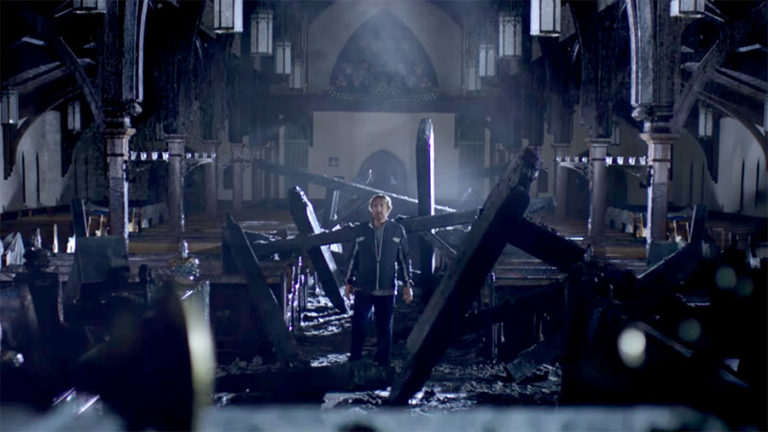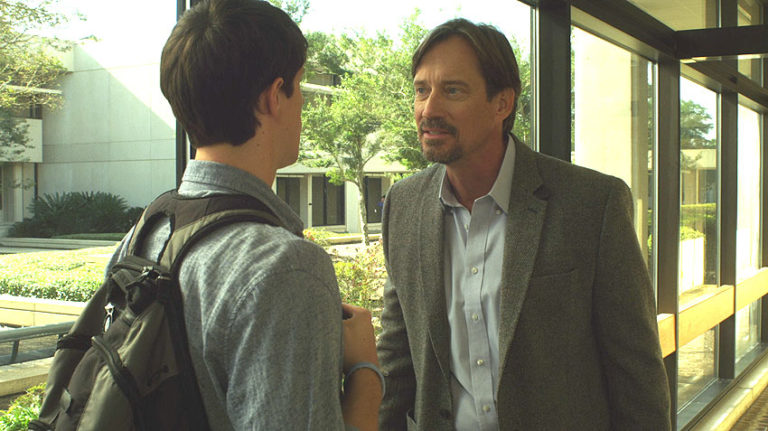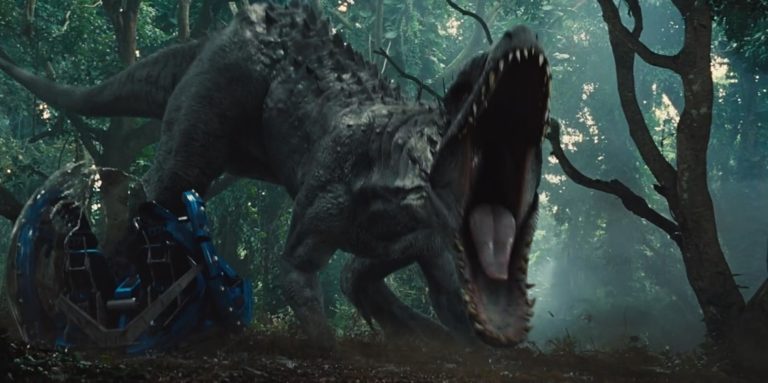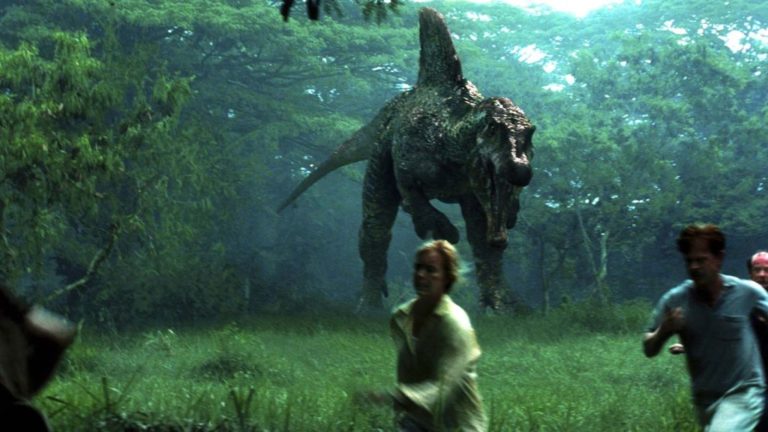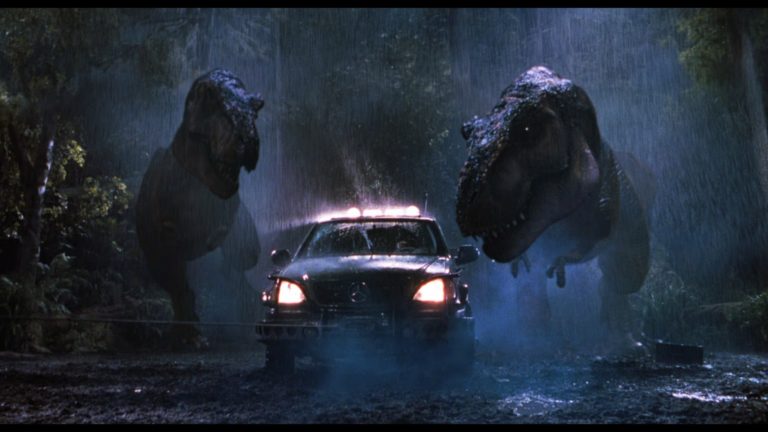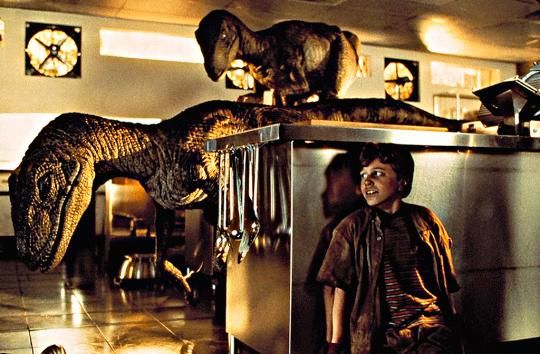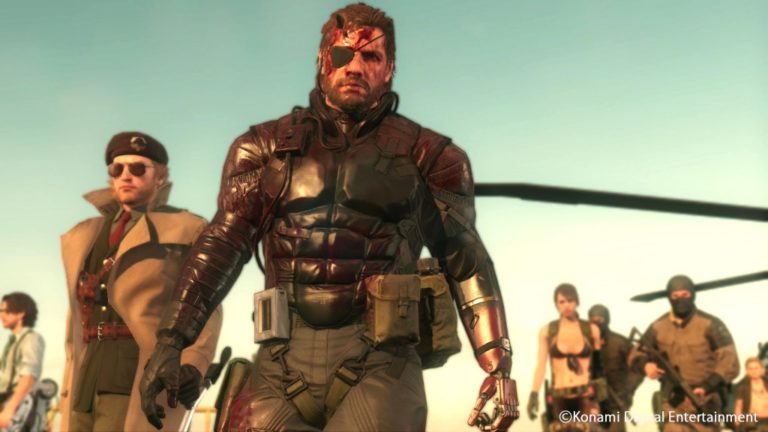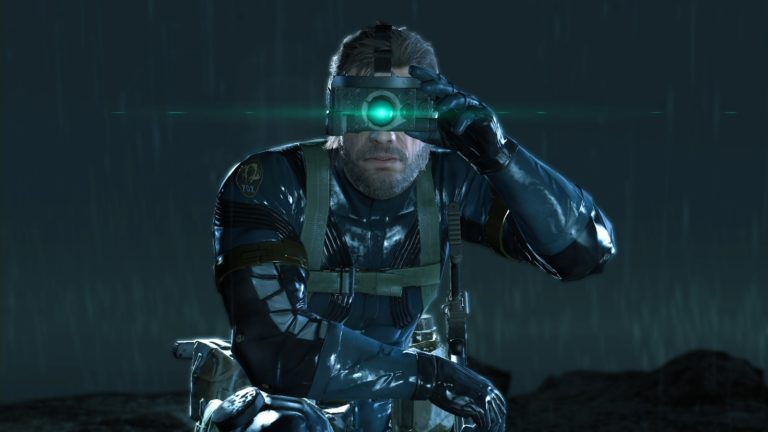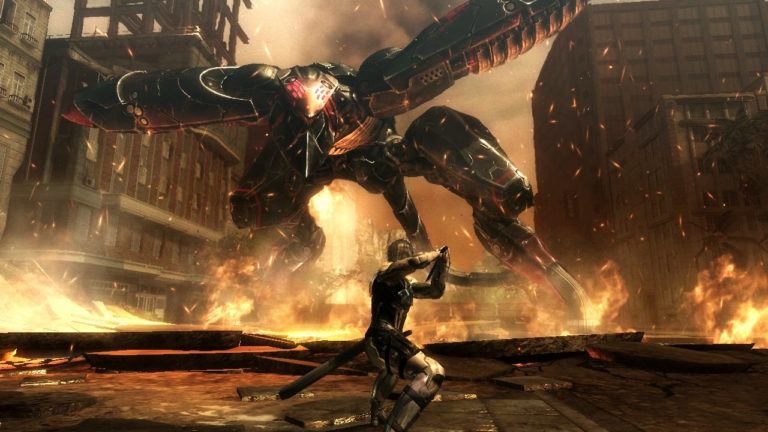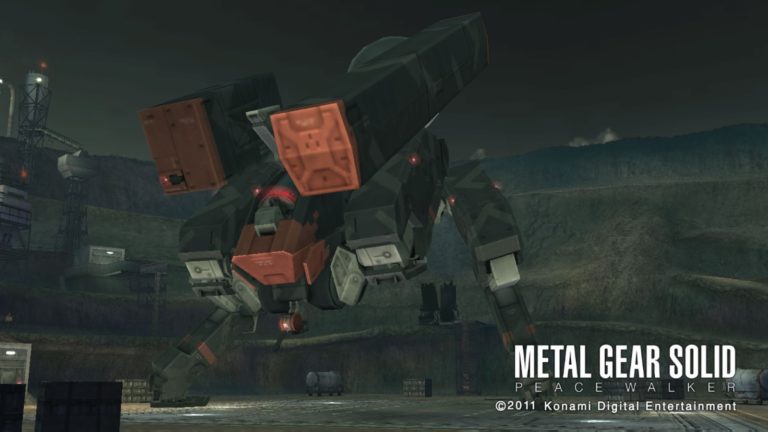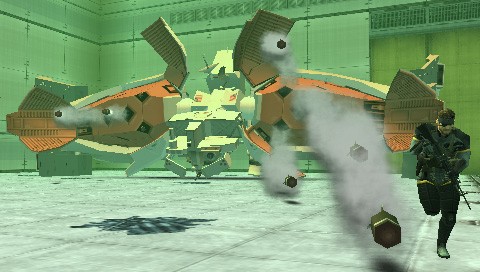Welcome back to the God’s Not Dead retrospective! In today’s entry we’re covering the latest, and possibly last,...
Retrospectives
Welcome back to the God’s Not Dead retrospective! In today’s entry, we’re going to be looking at the...
It has been quite a while since my last Retrospectives series. Don’t get me wrong, I’ve had...
Welcome back to the final entry in the Jurassic Park retrospective! In this entry we we will be...
Welcome back to part three of the Jurassic Park retrospective! In this post, we’ll be diving into 2001’s...
Welcome back to the Jurassic Park retrospective! In this entry we’re going to be looking at the second...
Holy shit, surprise, it’s another Retrospective series! I honestly wasn’t expecting to do another one of these,...
AFTERTHOUGHTS This has been quite a journey that we have embarked on. It literally took me months...
So finally we come to the most recent entry in the Metal Gear franchise – and likely the...
Welcome back to the Metal Gear retrospective! In this entry we’re going to cover the 10th game in...
Welcome back to the Metal Gear retrospective! In this entry we’re going to be covering the ninth game...
Welcome back to part eight of the Metal Gear retrospective. In this entry we’re going to be covering...
Welcome back to the Metal Gear retrospective! In this entry we’re going to cover the seventh entry in...
Welcome back for part six of the Metal Gear retrospective. In this entry, we’re going to be covering...
